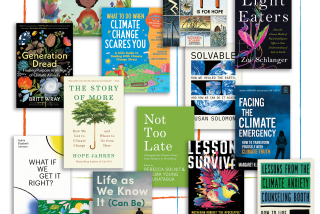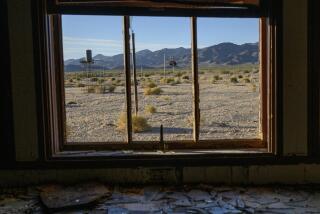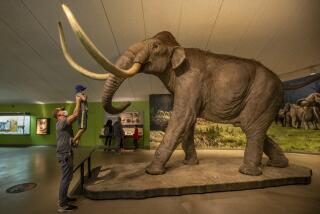NATURE
GLOBAL WARMING: Understanding the Forecast by Andrew Revkin (Abbeville Press: $29.95; 176 pp.) If there’s any doubt in your mind about the immediacy of global warming, this book, co-sponsored by the American Museum of Natural History and the Environmental Defense Fund, will bring the problem home to you. As it covers the history of our climate and scenarios for the future, “Global Warming” takes a devastatingly quiet tone that proves far more effective than the bludgeon-the-reader-with-guilt brand of environmental journalism. The tone is complemented by a nice blend of illustrative and evocative photographs. (Pictured above, Adelie penguins, which may indirectly feel the peril of global warming as changes in ocean temperatures affect their food sources.)
If current levels of carbon dioxide emissions are allowed to double in the next century, Revkin writes, the Earth will experience an annual temperature rise of between three and eight degrees Fahrenheit. A rise of nine degrees terminated the last ice age, and is the difference, in Revkin’s words, “between a half mile of ice and a wind-dappled bay with a forested shore.” The temperature rise would melt glaciers, destroy ecosystems, raise sea levels and disrupt agriculture around the globe. We are paying the price of progress, of the Industrial Revolution and the age of oil and coal--indeed, of the discovery of fire and the many uses of combustion.
Throughout the 1970s and 1980s, as the first scientific papers were published on this subject, politicians denied the urgency and often even the existence of the problem. In the meantime, we had six of the hottest years on record, adding up to more than just a run of “warm spells.” The Sahara once had lakes and lush grasslands; Long Island had the best trout fishing in the country; and the New York I grew up in had snowdrifts high enough to play in.






